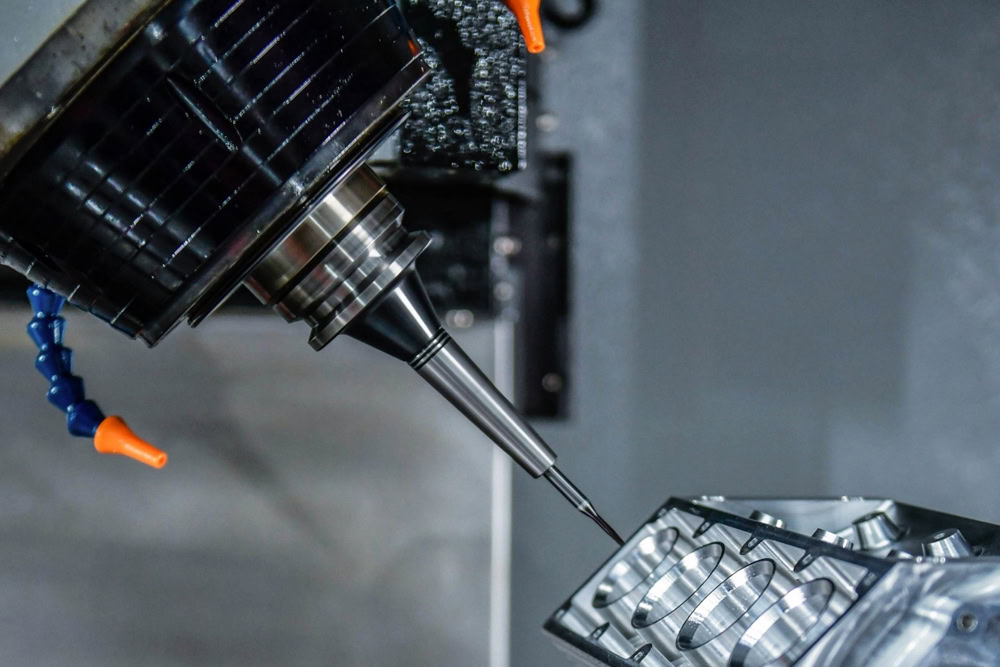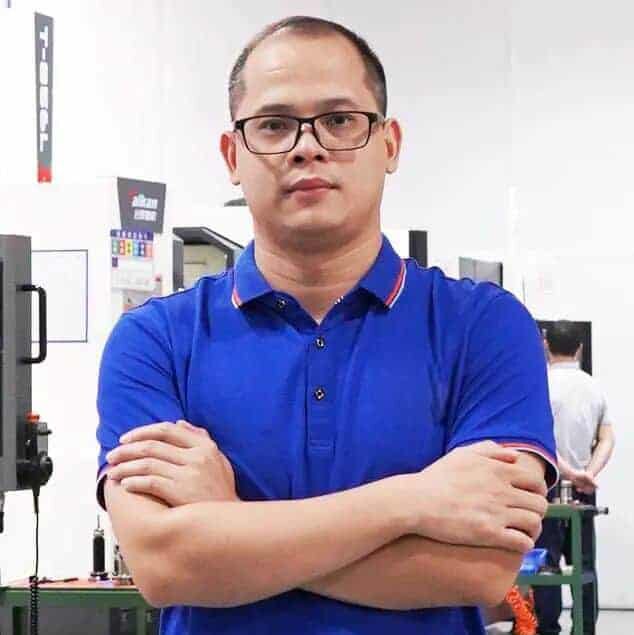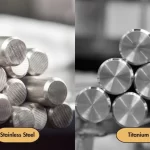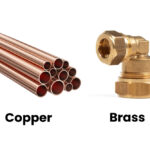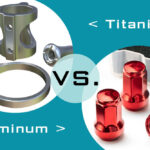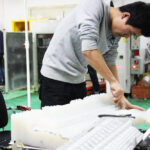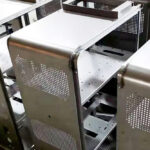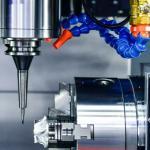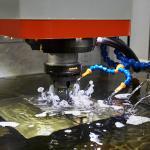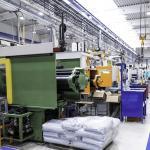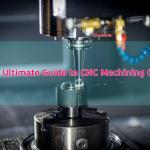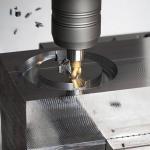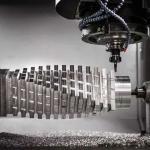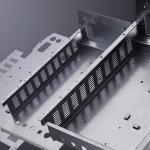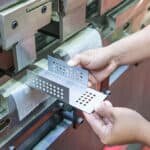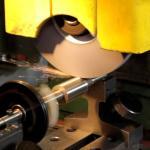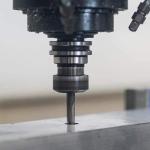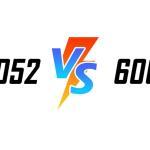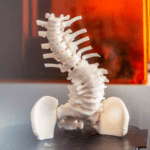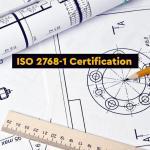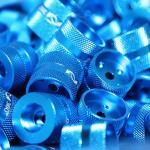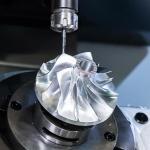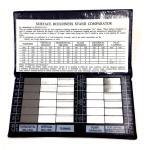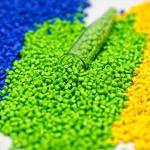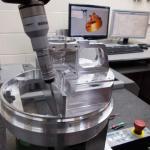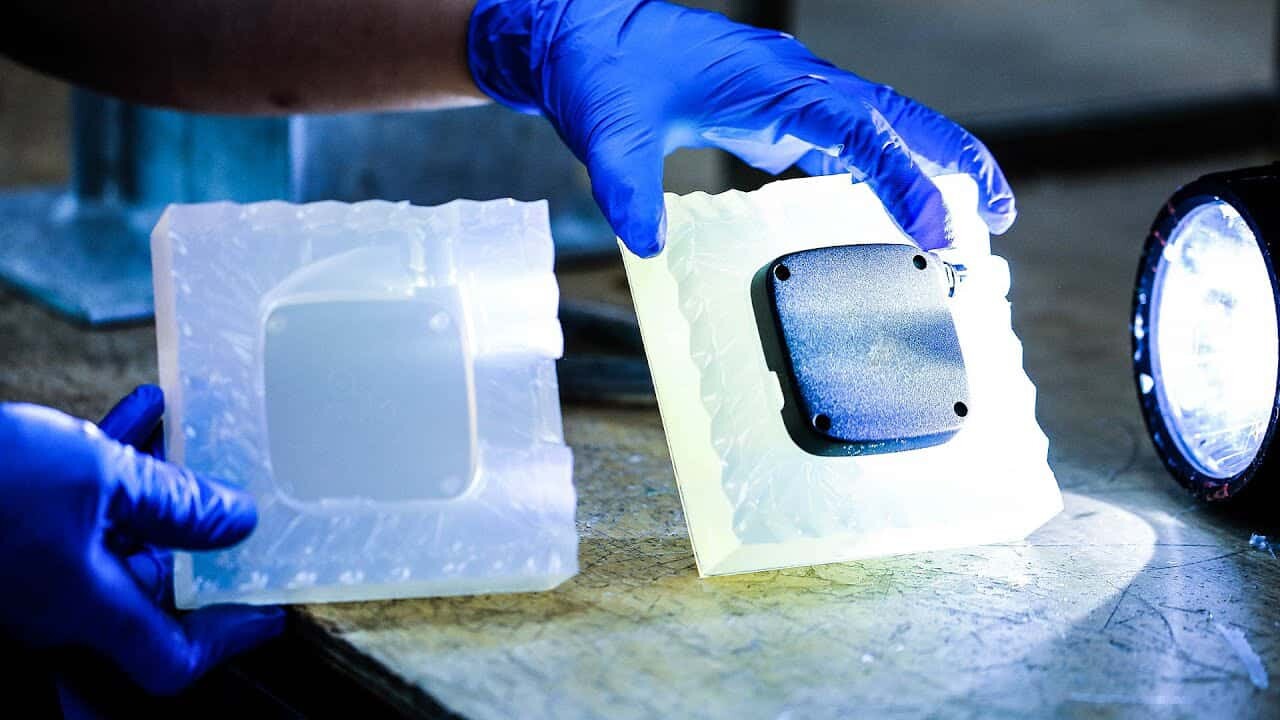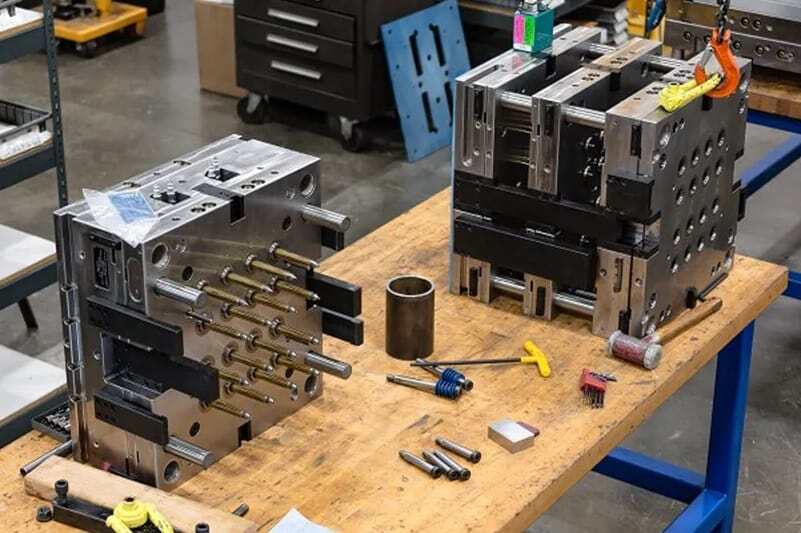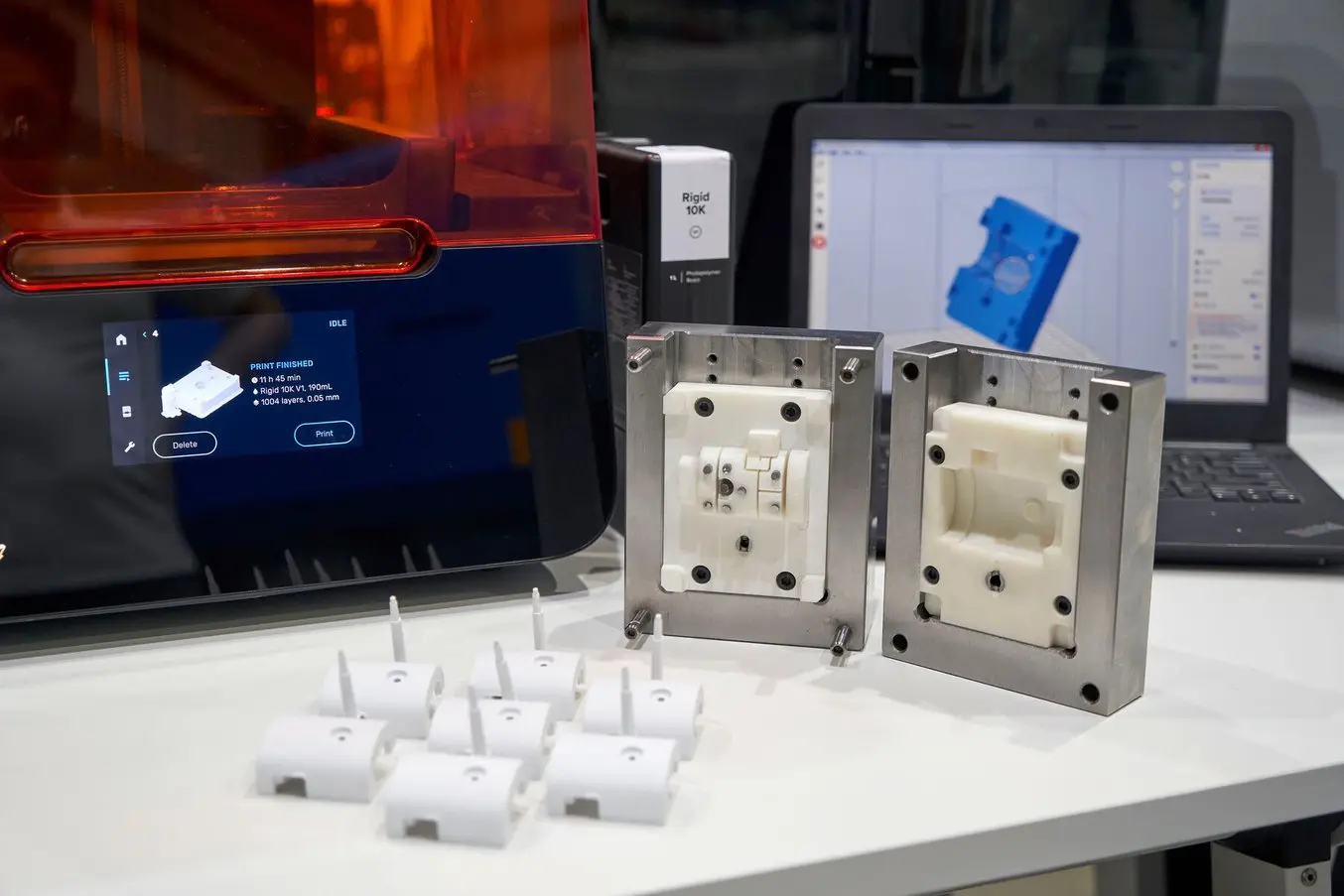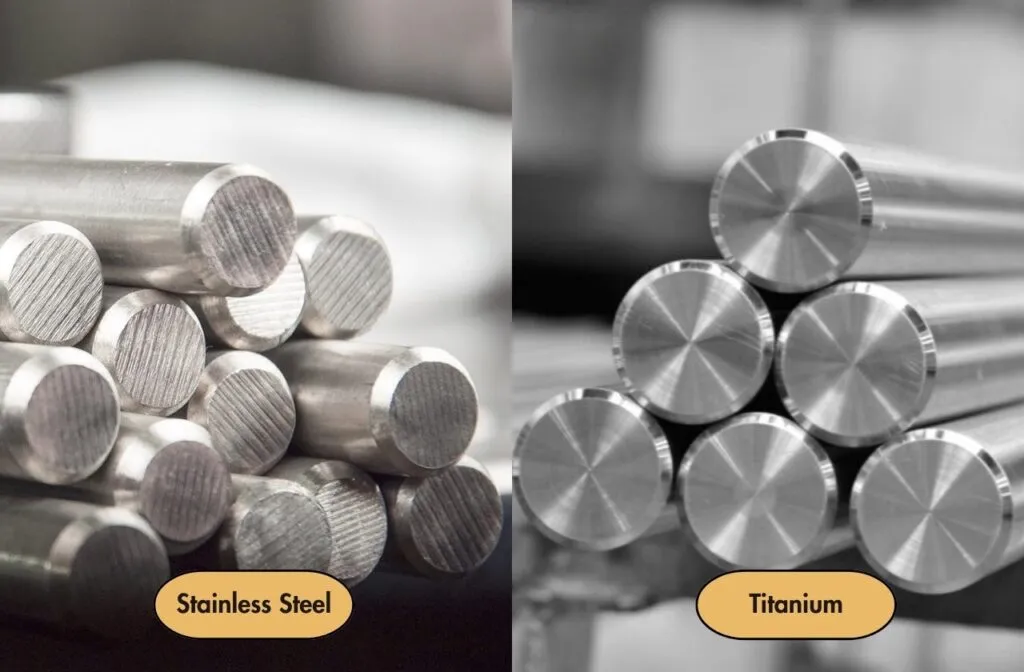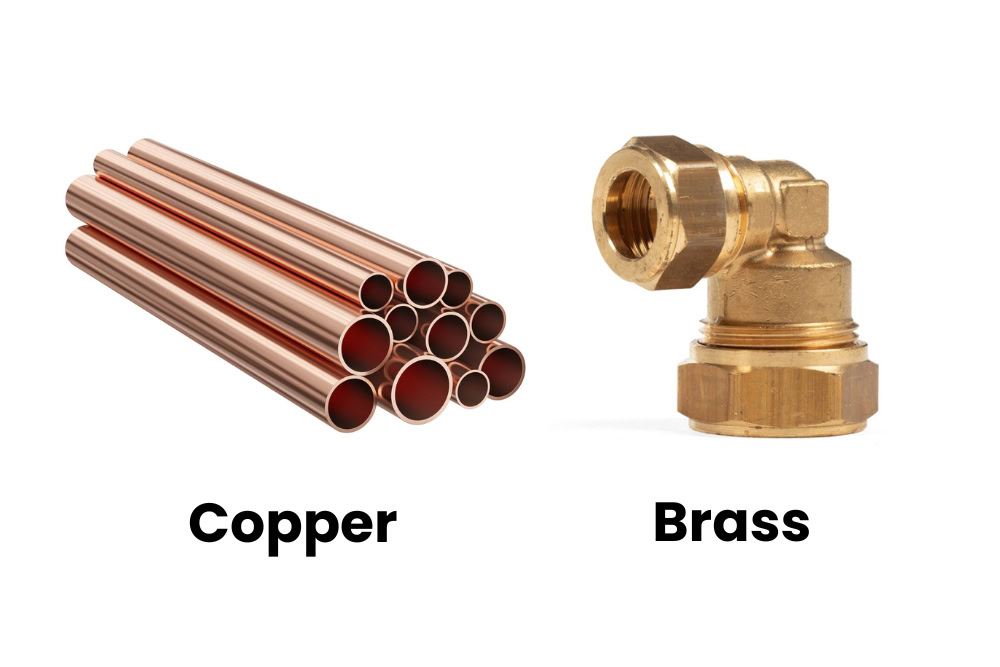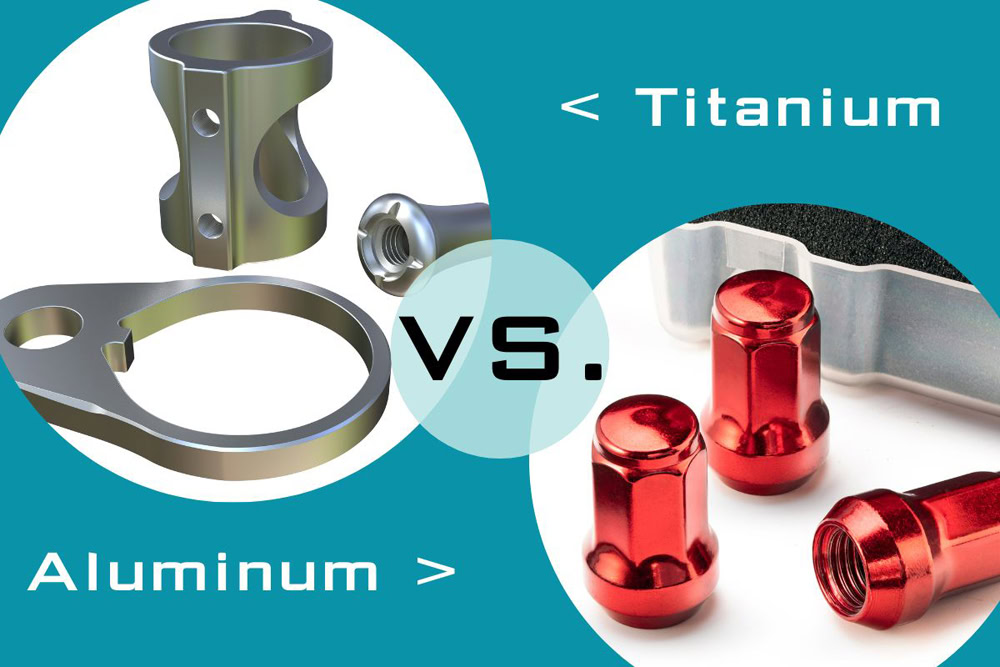Whether you plan to manufacture low-volume prototypes or you’re ready for large-scale manufacturing, when choosing CNC machining services, you want to reduce costs in order to increase profits. AN-Prototype is a company specializing in CNC machining and maintains close cooperation with the world’s top 500 companies. In more than ten years of CNC machining experience, we have summarized some tips for saving CNC machining costs, aiming to provide customers with Cost effective solution.
Table of Contents
ToggleFactors affecting CNC Machining Cost
Machining time: The more complex the part, the longer it takes to process, and the higher the price will be. CNC machining time is a major consideration in calculating the manufacturing cost of a part.
Setup costs: These costs usually include the cost of preparing the part for manufacture, such as creating a work plan, CNC programming, re-commissioning the machine, etc. When it comes to manufacturing parts in small batches, these costs loom large, and the main solution to reducing costs is to increase the number of parts to even out the “one-off” setup costs before manufacturing.
Raw materials: The difficulty of CNC machining of the material, as well as the cost of the raw materials themselves, greatly affects the manufacturing cost of the part itself.
Now that we know the main factors that affect CNC machining costs, let’s talk in detail about how to reduce costs!
10 Tips To Reduce CNC Machined Parts Cost
Select the appropriate CNC machining center
The type of CNC machine used plays an important role in the cost of the machining process. Parts machined on a 3-axis CNC mill or lathe are more economical than parts machined on a 4- or 5-axis CNC mill. Typically a 3-axis CNC machined part costs one-third the cost of a 4- or 5-axis machine.

The materials you use can greatly affect the cost of CNC machined parts. You need to choose materials that are both affordable and meet your product performance needs. For example, if you want to make a ruler, you don’t have to choose titanium alloy, which is too expensive. In addition, the higher the difficulty of CNC processing materials, the longer the processing time, and the higher the corresponding cost. Different materials have different machinability. Softer materials are easier to cut, which reduces processing time and thus costs. For example, AN-Prototype is a company that is very good at manufacturing CNC aluminum parts. Aluminum is a very popular material, and anodized aluminum parts can satisfy both your functionality and appearance requirements.

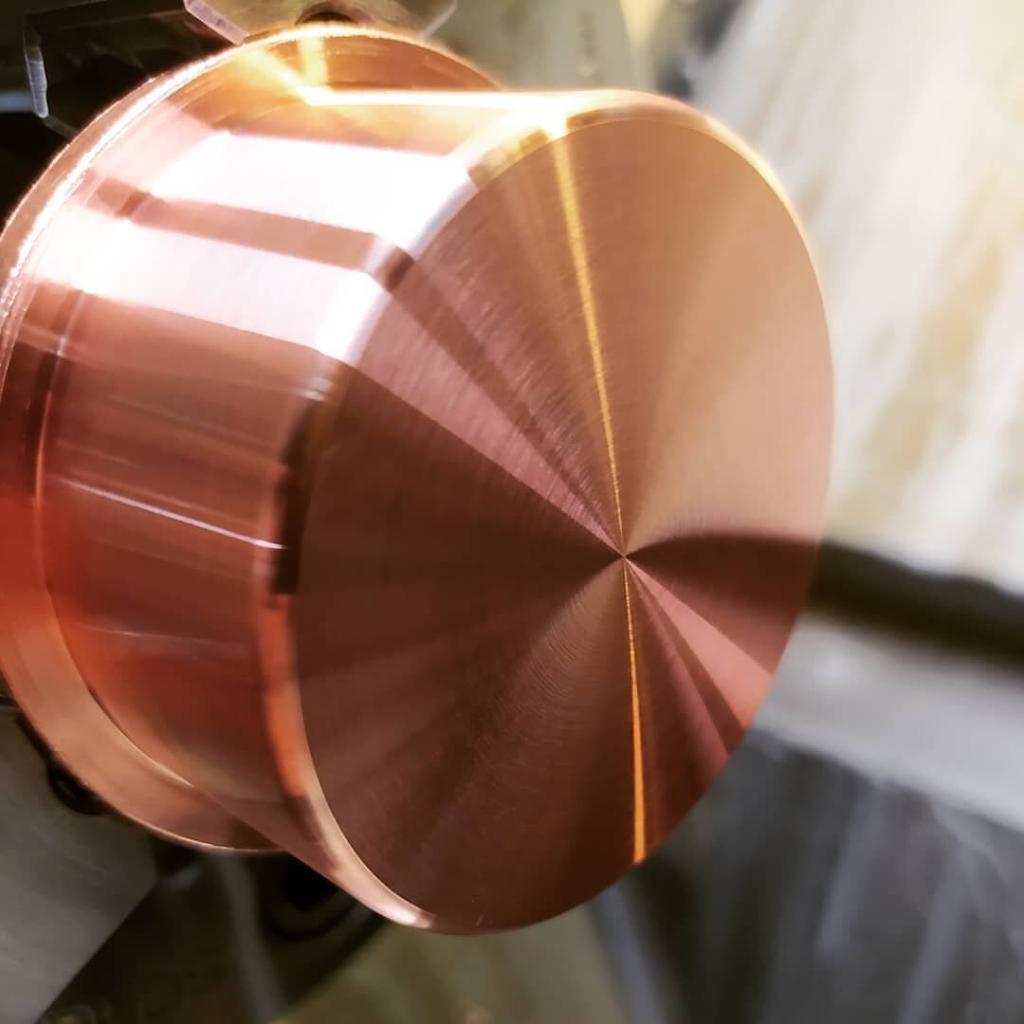
CNC Machining Metal Comparing
Name | Description | Manufacturing Process | Price |
Good machinability +High strength-to-weight ratio | Sheet Metal Fabrication CNC Machining 3D Printing | ✮ | |
Good machinability+ High tensile strength+Corrosion resistant | CNC Machining 3D Printing | ✮✮✮✮ | |
Steel | Good machinability + High tensile strength + Good ductility and weldability | CNC Machining 3D Printing | ✮✮✮ |
Brass | Good machinability+Excellent electrical conductivity + Low friction + Golden appearance | Sheet Metal Fabrication CNC Machining | ✮✮ |
Copper | good machinability + Excellent electrical conductivity + Low friction + Golden appearance | Sheet Metal Fabrication CNC Machining | ✮✮ |
Titanium | Excellent strength to weight ratio + Corrosion resistant | CNC Machining 3D Printing | ✮✮✮✮✮ |
CNC Machining Plastic Comparing
Name | Description | Manufacturing Process | Price |
POM | High stiffness, good moisture resistance, high wear-resistance, and low friction, easy to machine | Injection Molding CNC Machining | ✮✮ |
ABS | Common thermoplastic,abrasion resistance, high stability, easy to machine | Injection Molding CNC Machining | ✮✮ |
Nylon | High chemical and heat resistance, high abrasion and wear resistance | Injection Molding CNC Machining 3D Printing | ✮✮ |
Excellent thermoplastic, Very high strength, thermal and chemical resistance | Injection Molding CNC Machining | ✮✮✮ | |
Chemical and thermal resistance, low friction | CNC Machining | ✮✮ | |
PVC | Highly chemical and weather resistant, abrasion-resistant, and good toughness. | CNC Machining | ✮✮ |
Transparent rigid plastic frequently used as a glass substitute | Injection Molding CNC Machining | ✮ | |
PEI | High strength, high rigidity, chemical resistance and excellent thermal properties | Injection Molding CNC Machining | ✮✮ |
Order in Bulk
If the design drawings are not modified in any way and only the manufacturing volume is increased, the cost of the CNC machining process will be greatly reduced. Assume that 1 part needs to be manufactured at a cost of $10. If the manufacturing volume is 10 parts, the cost per part will drop to about $3.10. Likewise, the unit cost of 100 parts will drop to less than $2.20. All in all, increasing an order from one unit to 100 units can reduce the cost of parts per unit by more than 60%.

Suitable surface roughness
Part surface roughness refers to the unevenness of the CNC machined surface with small spacing and tiny peaks and valleys. The distance between the two wave crests or the two wave troughs is very small, which belongs to the micro geometric shape error. The smaller the surface roughness, the smoother the surface. Surface roughness is closely related to the matching properties, wear resistance, fatigue strength, contact stiffness, vibration and noise of mechanical parts, and has an important impact on the service life and reliability of mechanical products. The higher the surface finish of the product, the more processing steps are required and the longer the processing time is, resulting in higher costs. When the roughness value is 1.6μm, the processing traces are no longer visible to the naked eye. 1.6μm can already meet the needs of most parts. If it is higher, a grinder will be used for grinding, which will greatly increase the cost of making parts. If the product does not require a high surface finish, designing with an Ra value that is too low should be avoided.
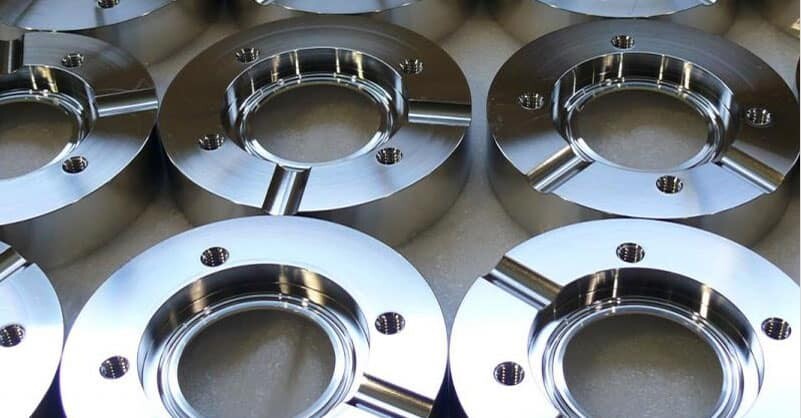
Avoid Multiple Finishes
Surface treatment processes such as spray painting, oxidation, electroplating, sandblasting, wire drawing, heat treatment and other surface treatment processes certainly have the following functions: making prototypes rich in color, enhancing the hardness of prototypes, and enhancing the corrosion resistance of prototypes. However, surface treatment of prototypes is also an expense, so surface treatment should be carried out according to the needs of the parts. For some parts installed internally, surface treatment is generally not required.
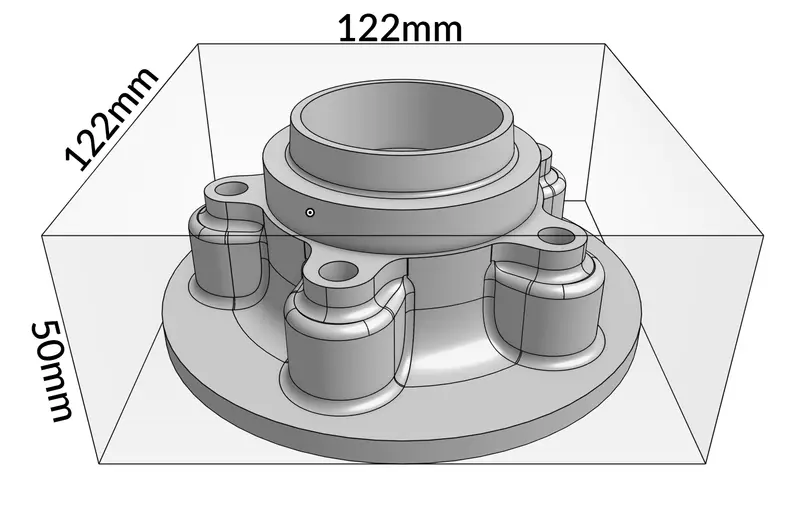
Specify Tolerances Only When Necessary
Not every prototype part detail requires tight tolerances, and unnecessary tolerances can increase the overall cost of the part. Typically, tight tolerances are only required when parts of a part interface with other parts or have other critical functions. Less important parts can be processed using ISO2768F (metal) or ISO2768M (plastic) international standards, which can significantly reduce CNC processing costs.
Avoid Excessively Thin Walls
On the one hand, if the wall of the part is too thin, it is difficult to control the tolerance. On the other hand, the thin wall is easy to deform, which will bring a series of disadvantages: scrapped parts, waste of materials and processing time, increased costs, etc. Other fabrication methods, such as sheet metal fabrication, may be more cost-effective for building walls thinner than this minimum.
Add internal radii rather than sharp corners
A common design mistake is to leave sharp corners in the inner edges of the 3D models we design. Because all the cylindrical CNC machining cutters currently on the market are very difficult to process sharp internal corners. This will cause the milling tool to have to go around the corner several times at a lower speed, which in turn increases the machine tool’s working time and ultimate cost. Sometimes it is even necessary to use a spark machine to make up for the shortcomings of CNC machining, which undoubtedly greatly increases the cost.
This cost can be reduced with a few simple tips:
Try to ensure that the fillet radius is 1/3 of the depth of the inner pockets (the larger the radius, the better).
It is ideal if the inner corner radius is slightly larger than the CNC milling radius. Such a design reduces load and will allow for faster milling, resulting in shorter machining times and lower manufacturing costs.
For example, if our inner bag depth is 12mm, we want to set the radius of the corners to at least 5mm in size. Choosing these sizes will allow us to use 8mm diameter milling (4 mm radius) and faster milling.
Minimize Internal Cavities
Designing parts with deep internal cavities (often called deep cavities) affects costs in terms of processing time and material quantity. Creating deep cavities not only requires hours of machining to remove enough material to form the cavity, but it is also difficult to remove chips. The long, thin cutting tools needed to create these cavities can also break easily. Best practice is to keep the maximum part length to four times the part depth.
Limit the Depth of Threads
Limit thread length. The cost of CNC machining stainless steel and aluminum parts is also greatly affected by thread length. In addition, deep threads in machined parts not only increase the price of the part, but also affect its quality.
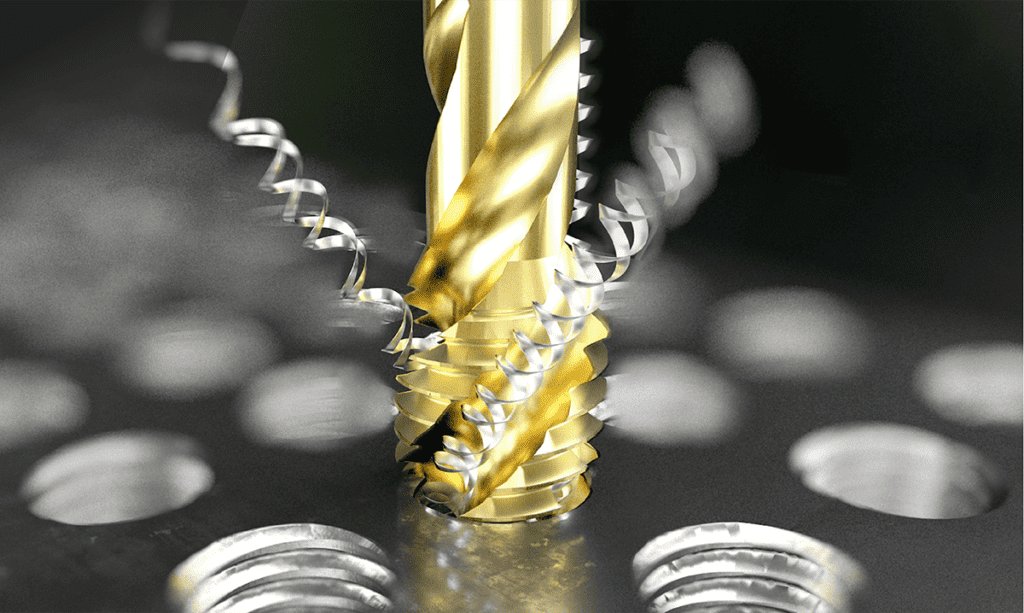
Assume that the ratio of thread length to hole diameter is greater than 1.5. This results in a weak connection between the hole and the thread, and soon the thread will fail and become unreliable. In order to reduce the price of CNC machine parts in manufacturing, threads of appropriate length must be designed. When you design your part, make sure the size of the threads should be three times the diameter of the hole. Choosing accurate thread lengths and limiting thread lengths can reduce the price of your CNC machining process and project.
Conclusion
In Europe, the average cost of CNC machining is $35 to $120 per hour. However, the cost of 3-axis CNC machining to 5-axis CNC machining in China is US$10-30 per hour. Outsourcing your project to a Chinese CNC machining service provider is a great way to minimize your costs. The key to the problem is how you choose a suitable CNC machining company.



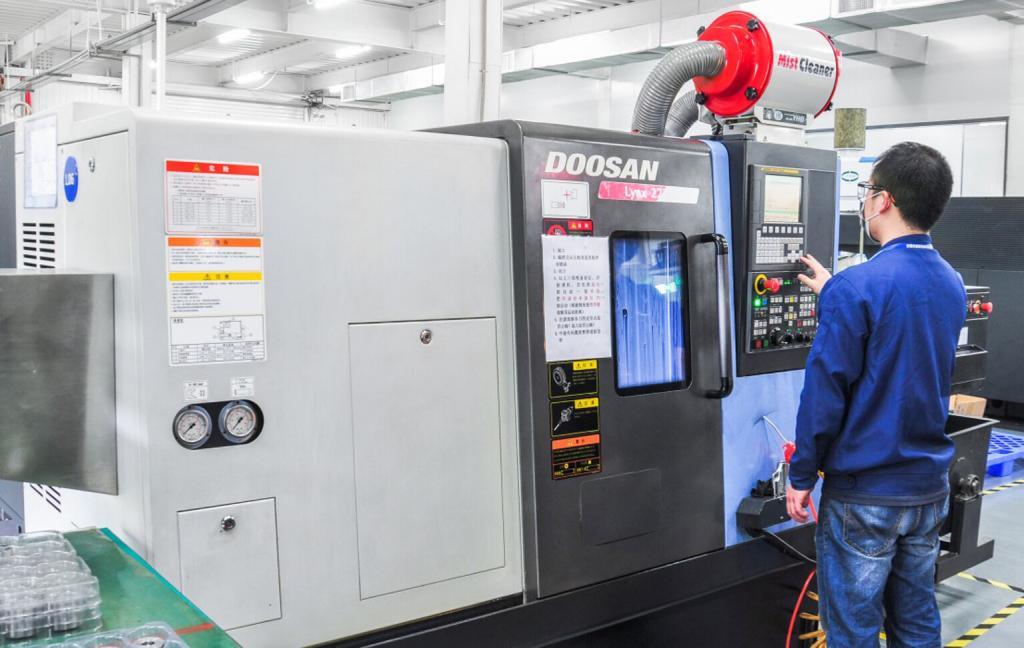
AN-Prototype has more than ten years of experience in CNC rapid machining. Its cost-effective CNC machining solutions have won the trust of customers, and Google\Thor Las\ABB\ SONY and other companies have maintained long-term and stable cooperation. After receiving your drawings, AN-Prototype will convene engineers to discuss according to your needs, select the materials, processing methods, and surface treatments that are most suitable for you, give the best plan, and then proceed with processing after obtaining your permission.
